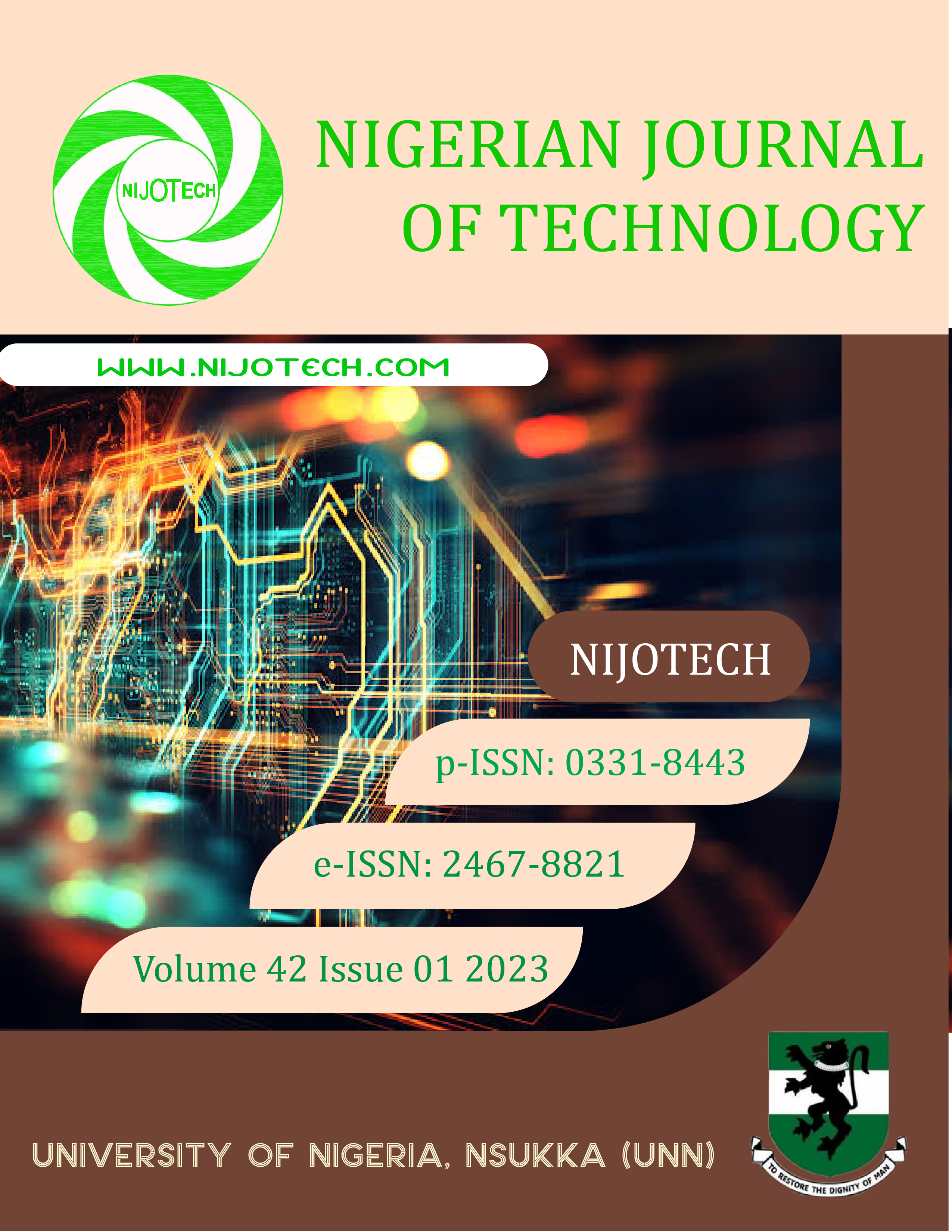DEEP REINFORCEMENT LEARNING FOR AIRCRAFT LONGITUDINAL CONTROL AUGMENTATION SYSTEM
DOI:
https://doi.org/10.4314/njt.v42i1.18Keywords:
Stability, Reference tracking, Disturbance rejection, Self-learning, Control augmentation, Longitudinal dynamics, Policy gradientAbstract
Control augmentation systems (CAS) are conventionally built with classical controllers which have the following drawbacks: dependence on domain specific knowledge for tuning and limited self-learning capability. Consequently, these drawbacks lead to sub-optimal aircraft stability and performance when exposed to time varying disturbances. Hence, to curb the stated problems; this paper proposes the development of a deep reinforcement learning (DRL) pitch-rate CAS (qCAS), aimed at guaranteeing adaptive stability, pitch-rate control tracking and disturbance rejection across the longitudinal dynamics of an aircraft. This stated aim was actualized by developing a CAS with a deep deterministic policy gradient (DDPG) agent. Subsequently, this proposed method was compared with two classical qCAS methods (a developed PID-aCAS and a benchmark PI-qCAS obtained from literature). The results show that the developed DDPG-qCAS method outperformed the classical methods in peak overshoot, referemce command tracking and disturbance rejection as well as mean absolute error (MSE) and mean steady state error (MSSE). Hence, it can be inferred that it is important to apply artificially intelligent controllers to the flight control systems of aircraft in order to achieve superior time response, control command tracking accuracy and disturbance rejection.
Downloads
Published
Issue
Section
License
Copyright (c) 2023 Nigerian Journal of Technology

This work is licensed under a Creative Commons Attribution-NonCommercial 4.0 International License.
The contents of the articles are the sole opinion of the author(s) and not of NIJOTECH.
NIJOTECH allows open access for distribution of the published articles in any media so long as whole (not part) of articles are distributed.
A copyright and statement of originality documents will need to be filled out clearly and signed prior to publication of an accepted article. The Copyright form can be downloaded from http://nijotech.com/downloads/COPYRIGHT%20FORM.pdf while the Statement of Originality is in http://nijotech.com/downloads/Statement%20of%20Originality.pdf
For articles that were developed from funded research, a clear acknowledgement of such support should be mentioned in the article with relevant references. Authors are expected to provide complete information on the sponsorship and intellectual property rights of the article together with all exceptions.
It is forbidden to publish the same research report in more than one journal.











